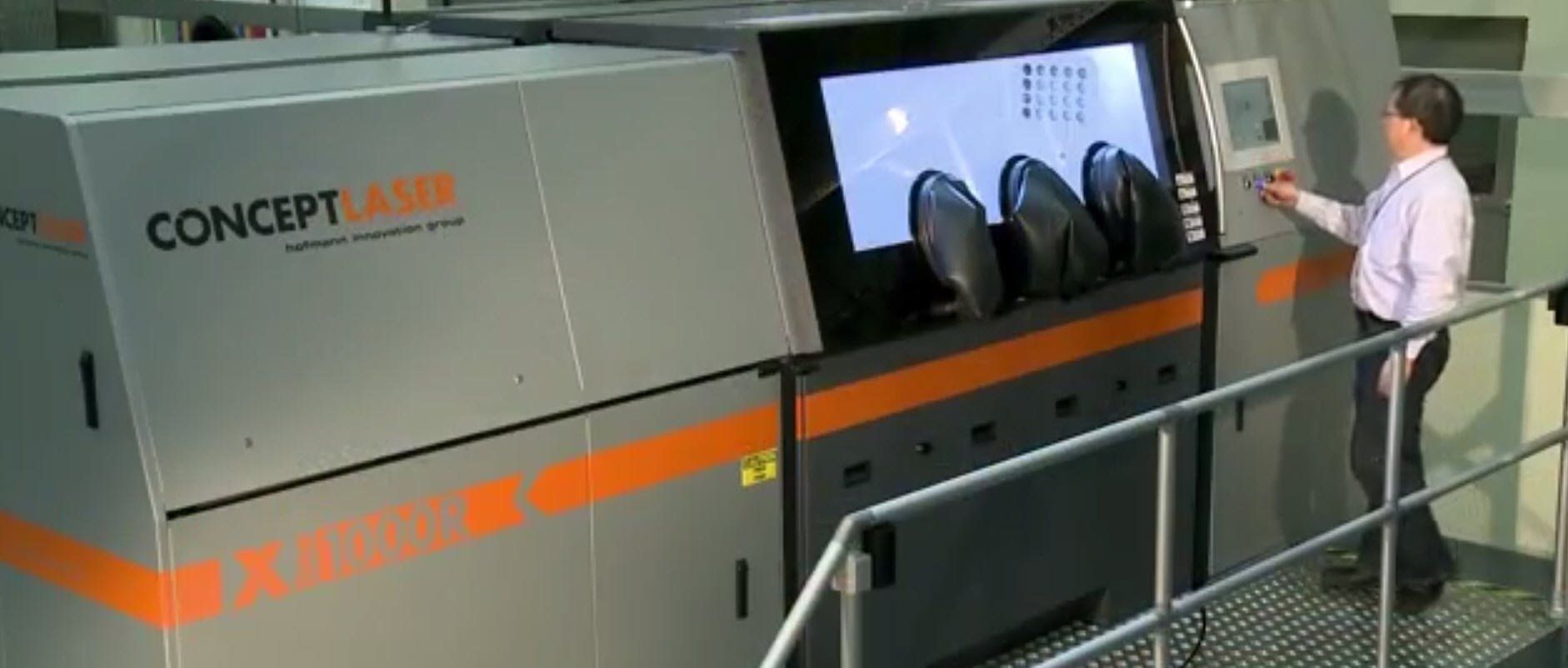
My exclusive interview with Libertarian presidential candidate Gary Johnson on some hard science & tech issues, including transhumanism, longevity, AI, and gene editing. This is also my first story for Futurism. For the record, I am trying, along with millions of others, to get Gary Johnson into the Presidentia l debates! No matter who you plan to vote for, it would be good for America to have him in the debates so a third voice is heard:
Libertarian Presidentia l candidate Gary Johnson wants humans to live a lot longer and isn’t worried about AI becoming the Terminator. Here, Futurist Zoltan Istvan gains an exclusive interview with Johnson, who is polling double digits nationally and hopes to be in the Presidentia l debates with Trump and Clinton in October.
Disclaimer: The views and opinions expressed are solely those of the author. They do not necessarily represent the views of Futurism or its affiliates.
I recently sat down with Libertarian Presidentia l candidate Gary Johnson at his home in New Mexico and watched an episode of Orphan Black, the hit sci-fi show. Between his CNN Town Hall meetings and endless speeches on the campaign trail, you’re probably asking: How did Gary get the time to watch a television show? It’s a good question, but the former Governor made the time, because he’s interested in the future and willing to explore how it might unfold.
Johnson is excited about using radical science and technology to make America stronger and help the human race.
Read more










